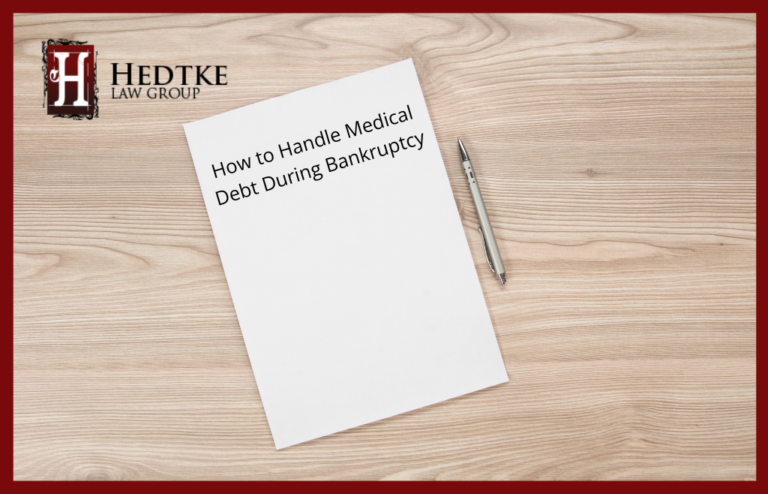
When creditors close in, the instinct to shield what’s yours kicks in fast. You start searching for anything that sounds like protection. Trusts? Maybe. Bankruptcy? Possibly. Before jumping into either, you need clarity from a professional. California has rules, and those rules don’t care about wishful thinking.
Revocable Trusts Offer Probate Ease, Not Protection
The revocable living trust is a popular estate tool. It makes asset transfer after death cleaner and avoids probate court. That’s its job. What it doesn’t do is protect assets from creditors while you’re alive.
Why? Because you still own the assets. You control them, can revoke the trust, change beneficiaries, and move assets in and out. As far as creditors are concerned, it’s your property. So if you owe, they can come for it—trust or no trust. Even after death, a revocable trust may reduce some access during estate settlement, but it doesn’t eliminate claims.
Irrevocable Trusts Can Protect, But Only Without You
An irrevocable trust goes further. You give up control. You don’t own the assets anymore. You don’t call the shots. That’s what creates a wall between you and your creditors. But it only works if you’re not trying to have it both ways.
If you’re the beneficiary of the trust (meaning you still receive benefits), creditors can still get in. The law isn’t interested in loopholes that let someone keep their stuff and dodge debt. Spendthrift clauses, which limit how creditors can access the trust’s distributions, only help when you’re not the one receiving those distributions. The further away you are from the assets, the safer they are.
Self-Settled Asset Protection Trusts Don’t Work in California
Some states let you create a trust for your own benefit and still claim creditor protection. These are called Domestic Asset Protection Trusts (DAPTs). California isn’t one of those states. If you try to set up a DAPT in Nevada or Alaska and live in California, the courts here can still allow creditors access. If it smells like a fraud, the court will treat it like one.
This matters if you’re thinking about moving assets around quickly, especially when debts are mounting. Timing matters. Intent matters. California courts look through the paperwork to see what you’re trying to do. If it’s about shielding assets from creditors while keeping access, it’s likely to fall apart.
Trusts Work Best When They’re Not About You
Asset protection trusts do have power when they’re built for someone else. For example, a parent who sets up an irrevocable trust for children or a spouse creates real insulation. If the person setting up the trust doesn’t benefit from it and gives up control, the shield holds.
Inheritance protection trusts go a step further. These are built so that heirs can manage assets without legally owning them. That structure protects assets from their creditors, divorces, or lawsuits. It’s about long-term stability, not short-term defense.
When Bankruptcy Makes More Sense
If debts are already overwhelming, bankruptcy may offer a more realistic outcome. Chapter 7 can discharge most unsecured debts quickly, while Chapter 13 sets up a structured repayment plan. Both offer legal protection from creditors once filed.
Bankruptcy stops collection lawsuits, wage garnishments, and asset seizures. It’s handled in court, follows federal rules, and has the weight of law behind it. Trying to transfer assets into a trust at the last minute can backfire, and bankruptcy courts can reverse those moves. The earlier you act, the better the results.
Call Hedtke Law Group
If you’re considering asset protection or bankruptcy in California, don’t guess your way through it. Hedtke Law Group can review your situation and recommend the right legal move. Call today to schedule a consultation and start protecting what matters.




